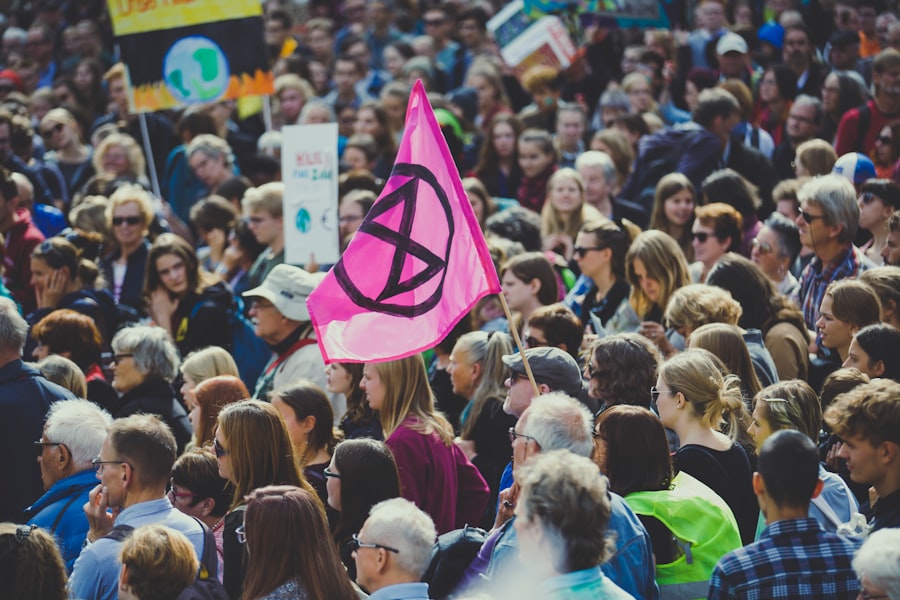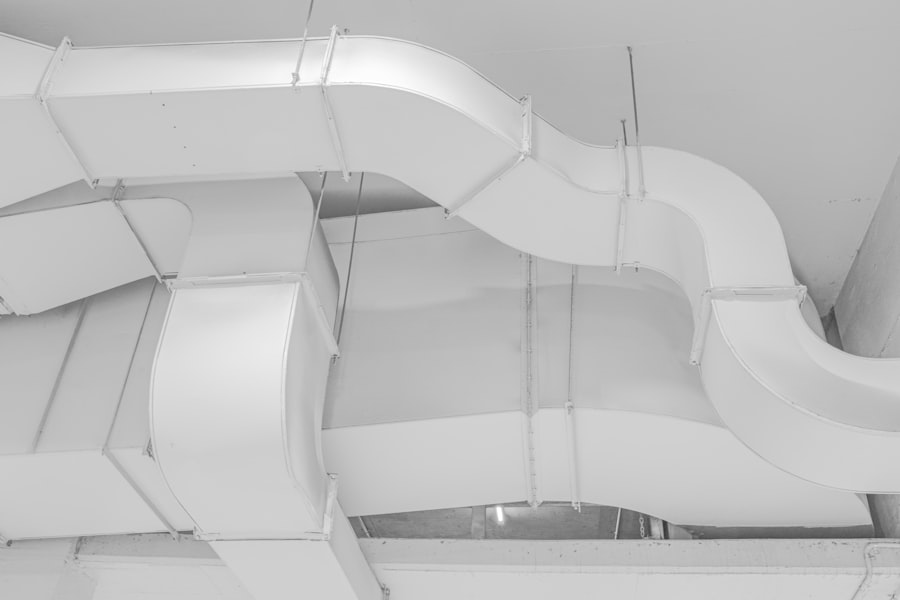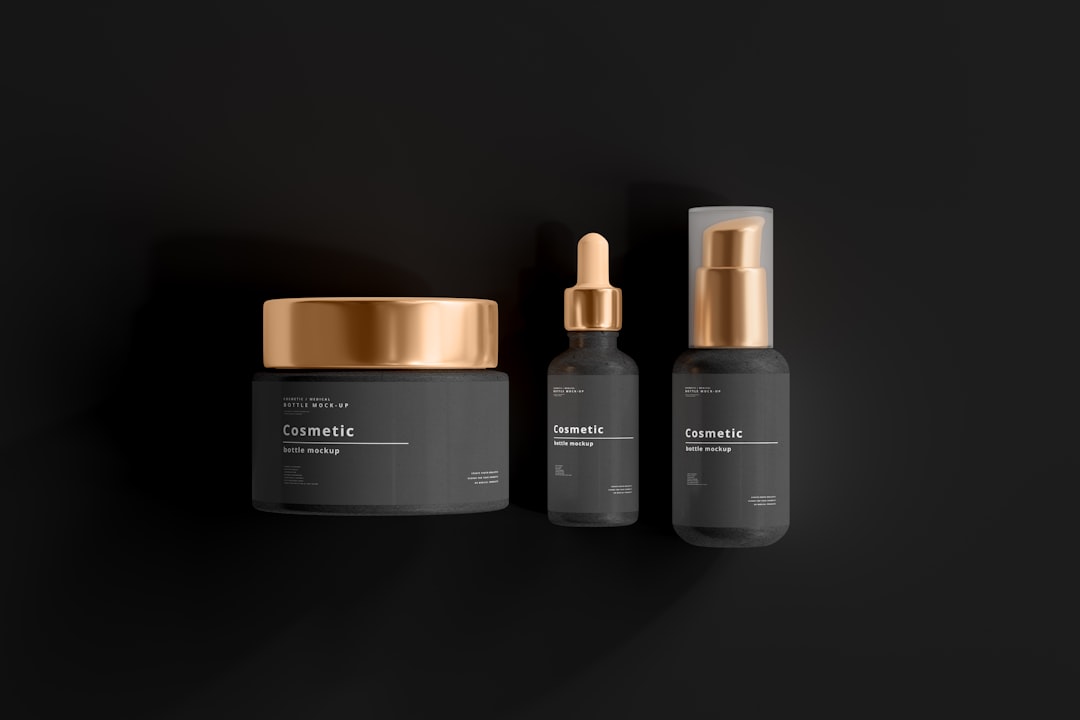When you consider laser hair removal, it’s essential to grasp how the process works. At its core, laser hair removal utilizes concentrated beams of light to target and destroy hair follicles. The pigment in the hair absorbs this light, which generates heat and ultimately damages the follicle, inhibiting future hair growth.
This method is particularly effective for individuals with darker hair and lighter skin, as the contrast allows the laser to focus more effectively on the hair without affecting the surrounding skin. The procedure typically involves a series of sessions, as hair grows in cycles, and not all hair is in the same growth phase at any given time. You may find that multiple treatments are necessary to achieve optimal results.
While some individuals may experience mild discomfort during the procedure, many describe it as similar to the sensation of a rubber band snapping against the skin. Understanding this process can help you feel more prepared and informed as you embark on your journey toward smoother skin.
Key Takeaways
- Laser hair removal targets hair follicles to inhibit future hair growth
- Shave the treatment area before the session and avoid sun exposure
- Apply soothing creams and cold compresses to reduce redness and discomfort
- Use topical treatments like aloe vera or hydrocortisone for faster healing
- Avoid sun exposure, hot showers, and harsh chemicals to prevent irritation and complications
- Stay hydrated, eat a balanced diet, and get enough rest for optimal healing
- Seek advice from a professional for personalized recommendations and guidance
Preparing for Laser Hair Removal
Preparation is key when it comes to laser hair removal. Before your first appointment, you should schedule a consultation with a qualified professional who can assess your skin type and hair color. During this consultation, you’ll discuss your medical history and any medications you’re currently taking, as certain medications can affect how your skin reacts to the laser.
This step is crucial in ensuring that you are a suitable candidate for the treatment. In the days leading up to your appointment, it’s advisable to avoid sun exposure and tanning beds. Tanned skin can increase the risk of side effects and may make the treatment less effective.
Additionally, you should refrain from waxing or plucking hair in the area to be treated for at least four weeks prior to your session. Shaving is typically recommended instead, as it allows the laser to target the hair follicle directly without interference from longer hair above the skin’s surface. By taking these preparatory steps, you can enhance the effectiveness of your treatment and minimize potential complications.
Post-Treatment Care and Recovery

After undergoing laser hair removal, your skin may exhibit some redness and swelling, similar to a mild sunburn. This is a normal reaction and usually subsides within a few hours to a couple of days. To aid in your recovery, it’s important to follow any aftercare instructions provided by your practitioner.
Keeping the treated area clean and moisturized can help soothe irritation and promote healing. You might also want to avoid strenuous exercise for at least 24 hours post-treatment, as sweating can exacerbate irritation. Additionally, wearing loose-fitting clothing over the treated area can help prevent friction and discomfort.
If you notice any unusual symptoms or prolonged discomfort, don’t hesitate to reach out to your practitioner for guidance. Being proactive about your post-treatment care will not only enhance your comfort but also contribute to achieving the best possible results from your laser hair removal sessions.
Utilizing Topical Treatments for Faster Healing
| Treatment Type | Healing Time | Effectiveness |
|---|---|---|
| Antibacterial Ointment | 7 days | High |
| Hydrocolloid Dressings | 5 days | Medium |
| Honey Dressings | 6 days | High |
Incorporating topical treatments into your post-laser care routine can significantly enhance your healing process. Products containing aloe vera or chamomile are excellent choices due to their soothing properties. These natural ingredients can help calm inflammation and provide relief from any discomfort you may experience after treatment.
Applying these soothing agents can also keep your skin hydrated, which is essential for recovery. Additionally, consider using over-the-counter hydrocortisone cream if you experience significant redness or swelling. This topical treatment can help reduce inflammation and promote faster healing.
However, it’s crucial to consult with your practitioner before using any new products on your skin post-treatment. They can provide personalized recommendations based on your skin type and specific needs, ensuring that you choose the most effective options for your recovery.
Managing Discomfort and Redness
Managing discomfort and redness after laser hair removal is an important aspect of your recovery process. While some redness is expected, there are several strategies you can employ to alleviate any discomfort you may feel. Applying a cold compress to the treated area can provide immediate relief by reducing swelling and numbing any pain.
You might find that this simple method makes a significant difference in how comfortable you feel in the days following your treatment. Over-the-counter pain relievers such as ibuprofen or acetaminophen can also be effective in managing discomfort. However, it’s essential to follow the recommended dosage instructions and consult with your healthcare provider if you have any concerns about taking these medications.
Additionally, wearing loose clothing can help minimize friction against sensitive skin, further reducing discomfort during your recovery period. By taking these proactive steps, you can ensure a smoother healing experience after your laser hair removal sessions.
Avoiding Sun Exposure and Irritants

Avoiding Sun Exposure
After laser hair removal, your skin becomes more sensitive and prone to sunburn and pigmentation changes. It’s essential to stay out of direct sunlight for at least two weeks post-treatment. When you do go outside, apply a broad-spectrum sunscreen with an SPF of 30 or higher to shield your skin from harmful UV rays.
Protecting Your Skin from Irritants
In addition to sun exposure, be mindful of other potential irritants that could affect your recovery. Avoid using harsh skincare products containing retinoids or exfoliating acids for at least a week after treatment, as these can further irritate sensitive skin.
Maintaining Hydration and Gentle Skincare
Instead, opt for gentle cleansers and moisturizers that will help maintain hydration without causing additional stress to your skin. By using gentle products, you’ll create an optimal environment for healing and ensure that your results are long-lasting.
Following a Healthy Lifestyle for Faster Healing
Your overall lifestyle choices play a significant role in how quickly and effectively your skin heals after laser hair removal. Maintaining a balanced diet rich in vitamins and minerals can support your body’s natural healing processes. Foods high in antioxidants, such as fruits and vegetables, can help combat inflammation and promote skin health.
Incorporating omega-3 fatty acids found in fish or flaxseeds can also aid in reducing inflammation. Staying hydrated is equally important during this time. Drinking plenty of water helps keep your skin hydrated from within, which is crucial for recovery.
Additionally, consider incorporating regular light exercise into your routine once you feel comfortable doing so; this can improve circulation and promote healing. However, be sure to avoid strenuous workouts that could lead to excessive sweating in the treated area until you’ve fully recovered. By adopting a healthy lifestyle during this period, you’ll not only enhance your healing but also contribute to overall well-being.
Consulting with a Professional for Additional Tips
As you navigate through the process of laser hair removal, consulting with a professional can provide invaluable insights tailored specifically to your needs. Your practitioner can offer personalized advice based on their experience with various skin types and hair colors, ensuring that you receive the best possible care throughout your treatment journey.
Don’t hesitate to reach out with any questions or concerns that arise after your treatment sessions. A good practitioner will be more than willing to assist you in understanding what to expect during recovery and how to optimize your results. By maintaining open communication with your provider, you’ll feel more confident in managing your post-treatment care effectively, leading to smoother skin and greater satisfaction with your results over time.
If you’re looking for tips on how to speed up healing after laser hair removal, you may want to check out the blog section of In Laser Hair Removal’s website. They offer valuable information and advice on post-treatment care to ensure optimal results. You can find the article by visiting their blog at https://www.inlaserhairremoval.com/blog/.
FAQs
What is laser hair removal?
Laser hair removal is a cosmetic procedure that uses a concentrated beam of light (laser) to remove unwanted hair. The laser targets the pigment in the hair follicles, damaging them and inhibiting future hair growth.
How does laser hair removal work?
During the procedure, the laser emits a light that is absorbed by the pigment in the hair follicles. This damages the follicles and inhibits future hair growth. Multiple sessions are usually required to achieve long-term hair reduction.
How can I speed up healing after laser hair removal?
To speed up healing after laser hair removal, it is important to follow the aftercare instructions provided by your dermatologist or technician. This may include avoiding sun exposure, using soothing creams or gels, and avoiding activities that may irritate the treated area.
Are there any home remedies to speed up healing after laser hair removal?
Some home remedies that may help speed up healing after laser hair removal include applying aloe vera gel, using cold compresses to reduce swelling, and keeping the treated area clean and moisturized. However, it is important to consult with a healthcare professional before trying any home remedies.
How long does it take to heal after laser hair removal?
The healing time after laser hair removal can vary depending on the individual and the size of the treated area. In general, most people experience redness and swelling for a few days after the procedure, with full healing taking place within 1-2 weeks.
Can I resume normal activities after laser hair removal?
It is generally recommended to avoid activities that may irritate the treated area, such as hot showers, swimming, and vigorous exercise, for a few days after laser hair removal. However, most people can resume normal activities within a few days of the procedure.






